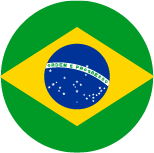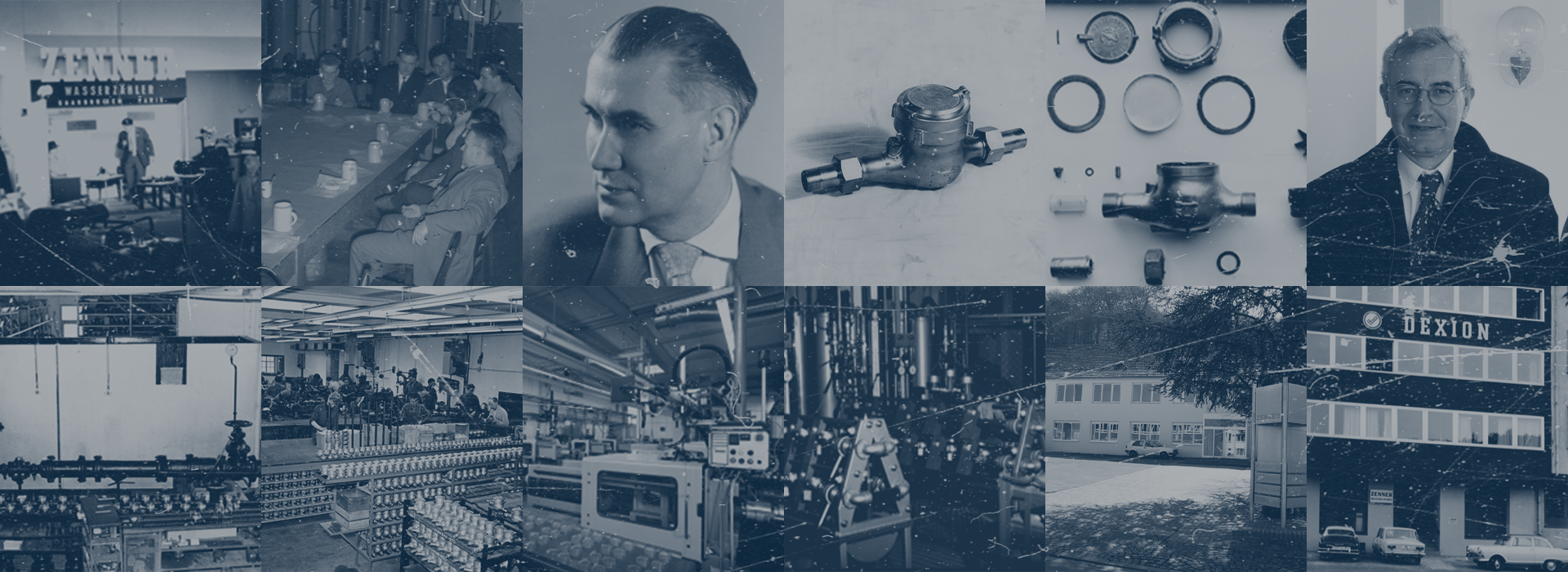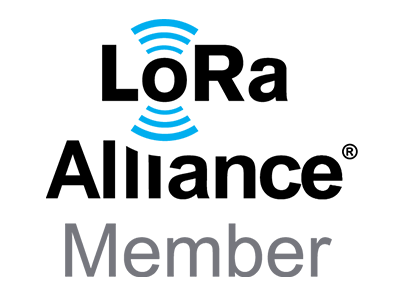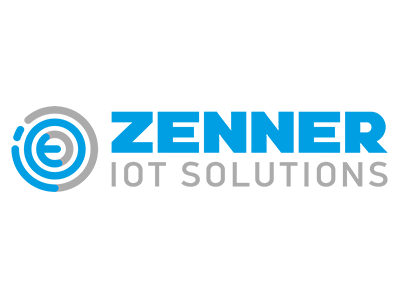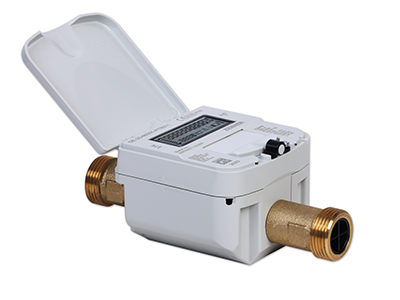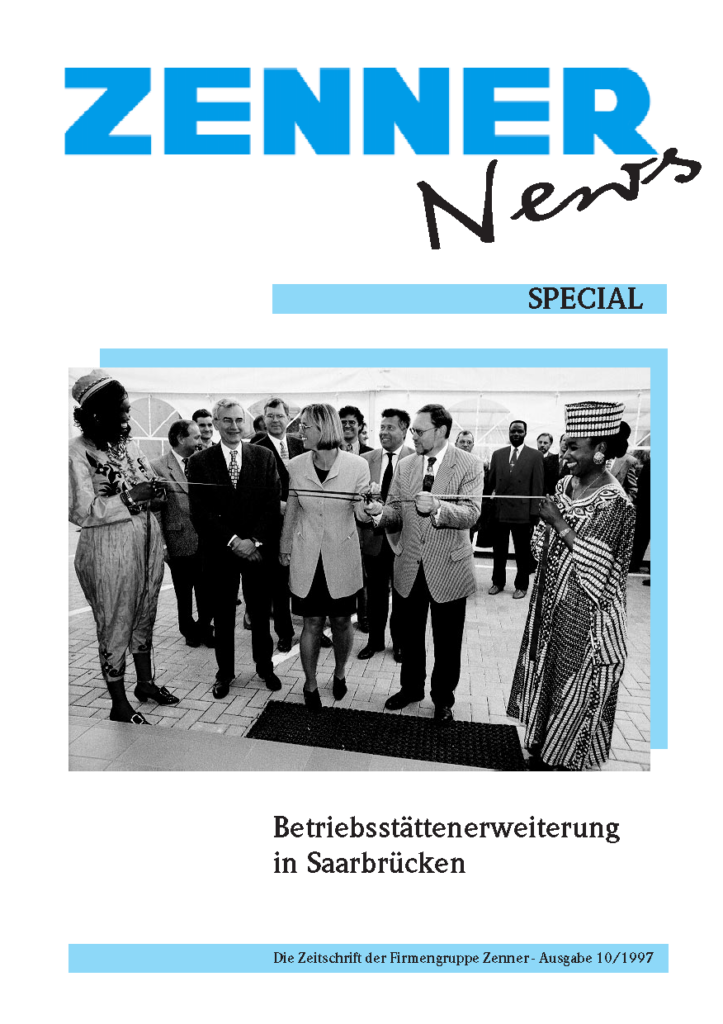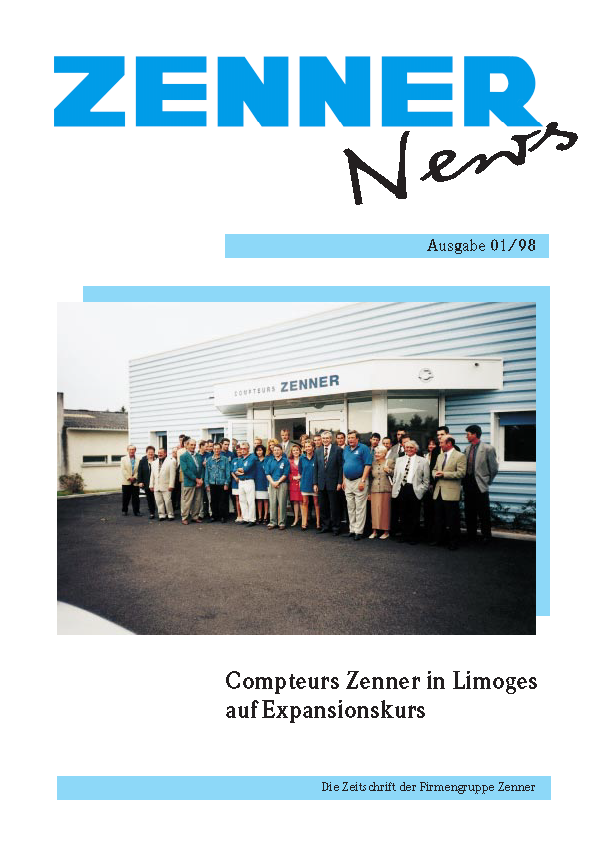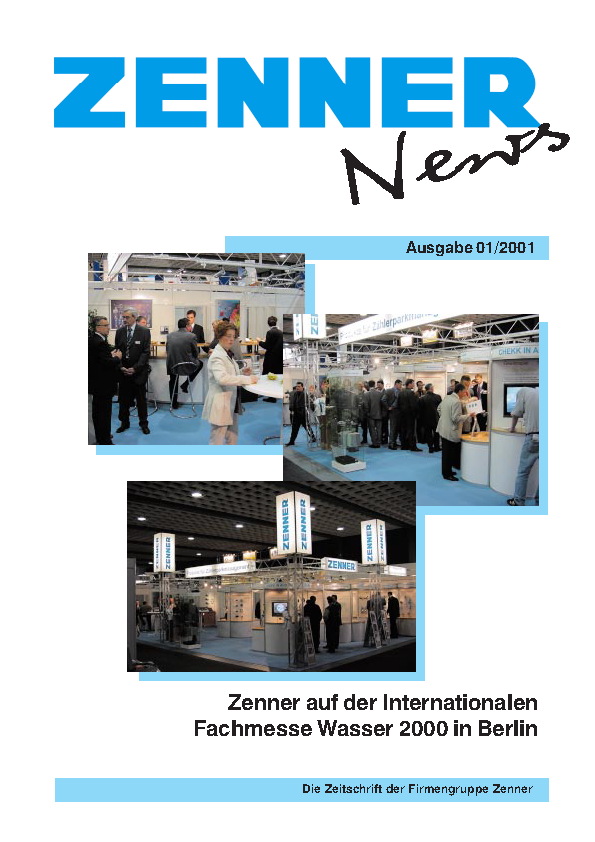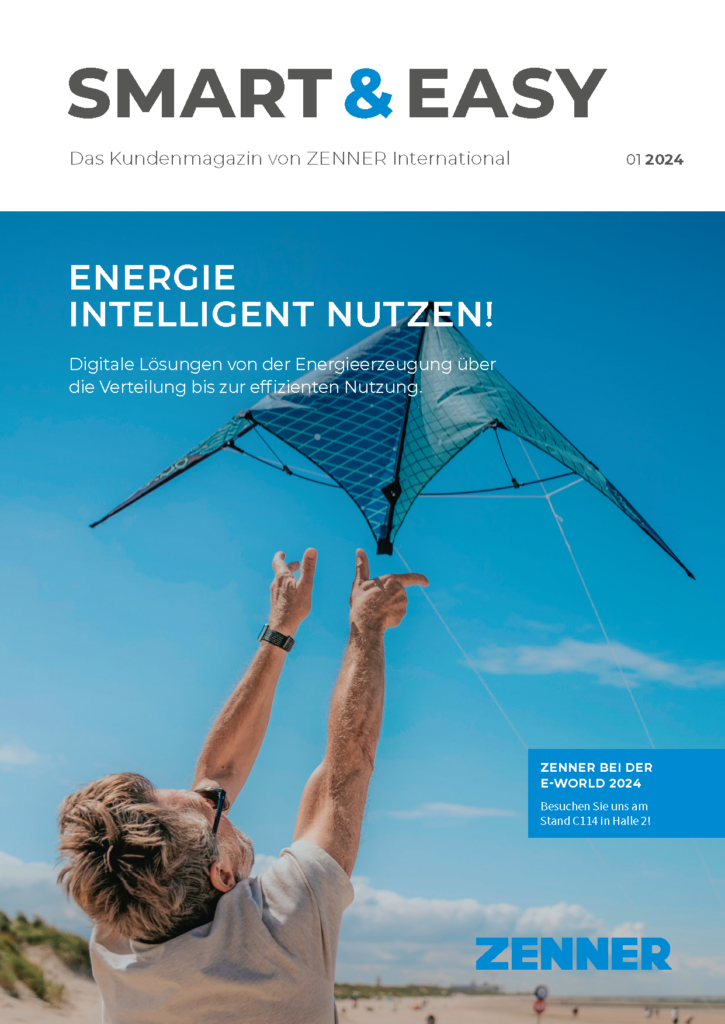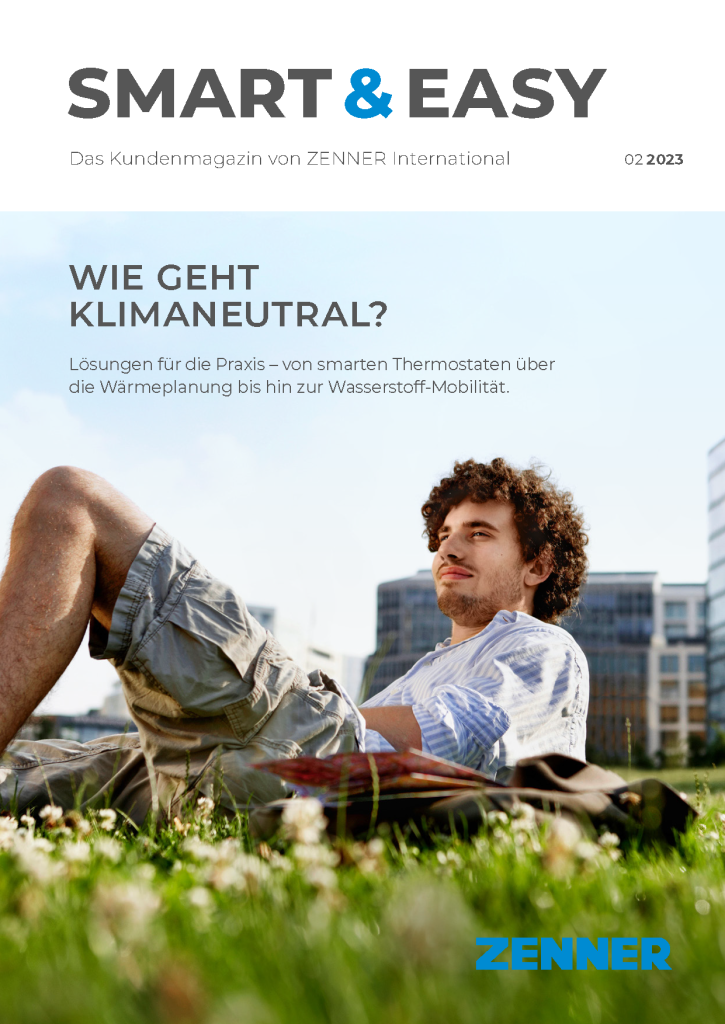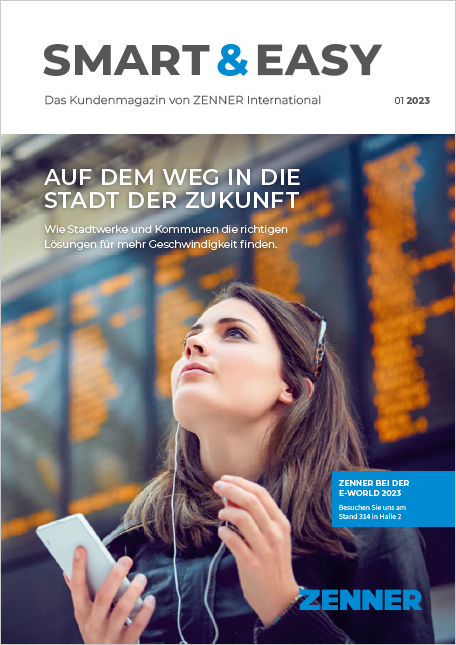1903 – 1938
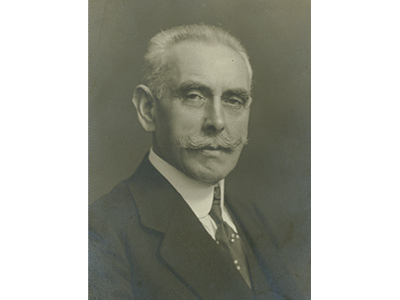
Sales Success!
Karl Adolf ZENNER laid the foundation for today’s company when he founded a sales company for water meters. The company became an established sales company in southern Germany for around 20 years.
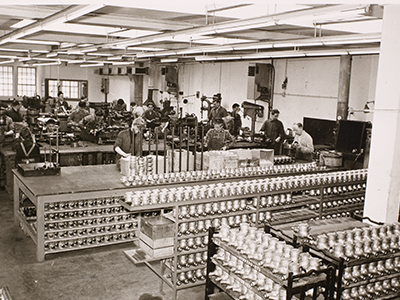
Start of in-house water meter production
The company founder started to produce his own water meters in a small shed in Saarbrücken known as the ‘Karl Adolf ZENNER Water Meter Factory’. That’s why we are celebrating an anniversary today: 100 years of ZENNER water meters!
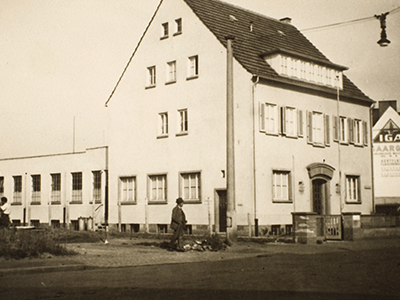
Römerkastell becomes company headquarters
The company moved into a factory building at the “Römerkastell” in Saarbrücken. The building was to remain ZENNER’s headquarters for many years. This was followed in 2020 by the move to the current company building on the Saarterrassen in Saarbrücken.
1950 – 1995
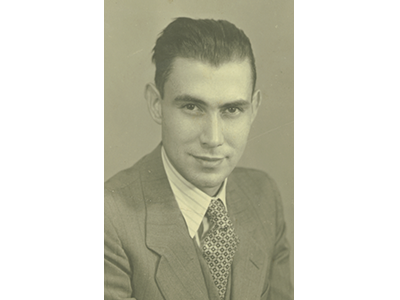
The second generation
In the post-war period, the water meter manufacturer started using plastic parts for the first time – very cutting-edge for the time! In 1950, the founder’s son of the same name took over the management of the company.
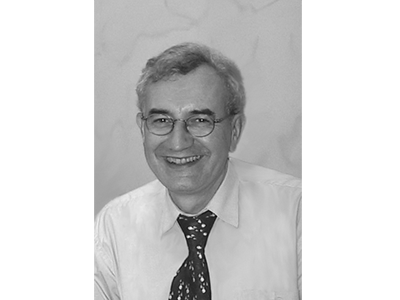
ZENNER goes international!
The company was then managed by the grandson of the company founder, Dr Peter ZENNER, and started to grow on an international scale. The first subsidiaries in France and Italy were added.
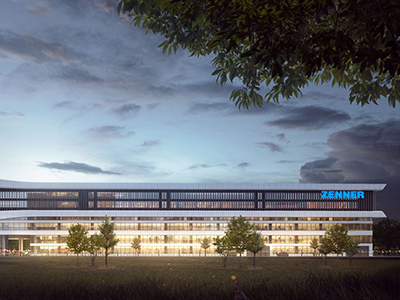
ZENNER goes east!
The company continued to expand, adding locations in Asia and South America and opening its first branch in China. The product portfolio was also expanded to include the first heat meters.
2005 – 2012
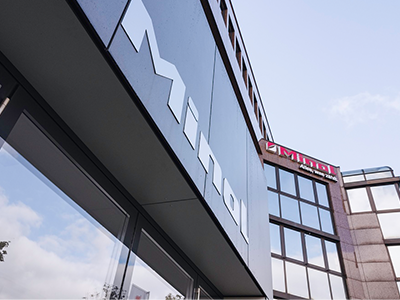
#bettertogether
ZENNER and the Minol Group from Leinfelden-Echterdingen merged, marking the start of a transformation process for ZENNER. The Group also expanded its product portfolio to provide almost everything as an all-round service provider – from meter manufacturers to consumption billing.
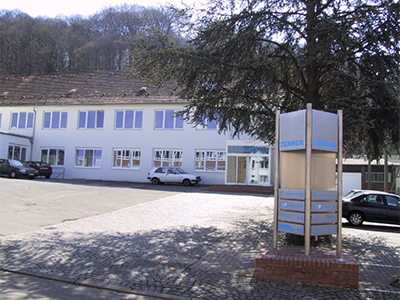
News Technologies move in
At the beginning of 2000, ZENNER used radio technology for remote readouts for the first time. At that time, RDM short-distance radio was still being used. In 2007, production was relocated from Saarbrücken to Mulda. Administration, sales, development, and product management would remain at the Saarbrücken site.
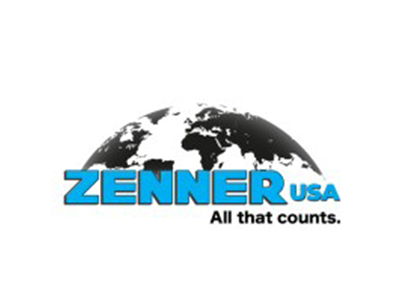
ZENNER USA
ZENNER has also been represented in the USA with sites there since 2012. ZENNER USA, based in Addison, Texas, with a production facility in Banning, California, manufactures and distributes water meters and Automated Meter Reading (AMR) Systems for the North and Central American markets.
2014 – 2017
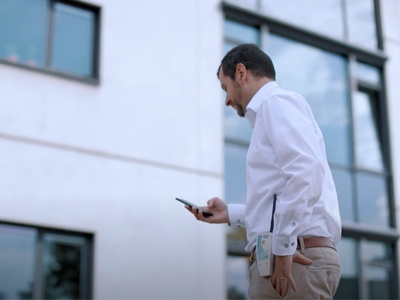
Digital first
The switch from RDM to the open Wireless M-Bus system followed in 2014. The mobile wireless M-Bus radio system allows consumption meters to be conveniently read out remotely using the walk-by or drive-by method. As a result, appointments and flat inspections are no longer necessary.
Welcome to the Internet of Things!
ZENNER entered the rapidly growing Internet of Things market and became a member of the LoRa Alliance® in the same year. LoRaWAN® wireless technology can be used to automatically read data from thousands of water meters, heat meters and other consumption measuring devices over long distances.
2020 – today
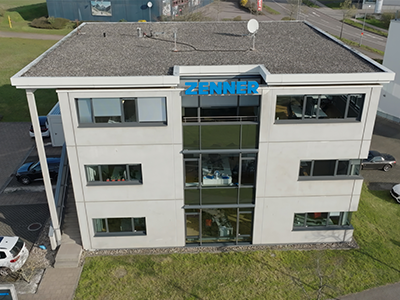
Move to the Saarterrassen
In recent years, ZENNER has created new jobs for specialists in the areas of digitalisation and project management. The acquired building on the Saarterrassen provides the required space and is the company’s current headquarters.
The digitalisation portfolio expands
Digitalisation continues to advance. Smart, digital and sustainable solutions in buildings and cities are becoming increasingly important. ZENNER’s element suite expands its digitalisation portfolio and offers a complete solution for the digitalisation of the smart city.
Product innovations for the water sector
The company recently launched a new generation of the IUWS ultrasonic water meter with a parallel radio function in wM-Bus and LoRaWAN®. ZENNER is also creating ‘Metering as a Service’ as a new product for the water industry. The solution lays the foundation for variable water tariffs and supports customers with efficient and sustainable water management processes.
Water Meter Technologies and Functions
What are dry dials?
‘Dry dials’ or dry water meters are water meters that are not immersed in water. This means that the impeller and register are technically separate. That means the register does not come into contact with running water and the water meter’s glass is not under water pressure. The impeller axis’s rotation is transmitted to the register’s gear unit by means of a magnetic coupling, which prevents it from coming into contact with the tap water. The advantage: Deposits are prevented from accumulating in the register.
What are dial meters?
There is a direct axial connection between the water meter’s impeller and its register – the register is therefore exposed to the tap water. The advantage: loss-free and direct transmission from the impeller to the register. The disadvantage: Permanent exposure to light can lead to algae or green discolouration in the sight glass. This is why dial meters usually have a lid that can be folded down to protect them from light and reduce algae growth. Dial meters are rarely used in apartments; they are only used for larger water meters.
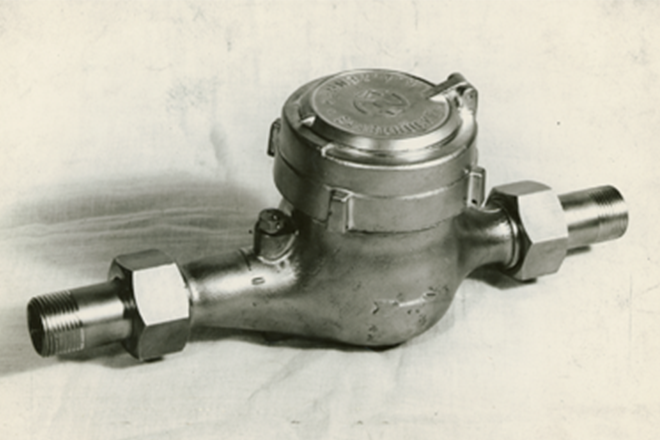
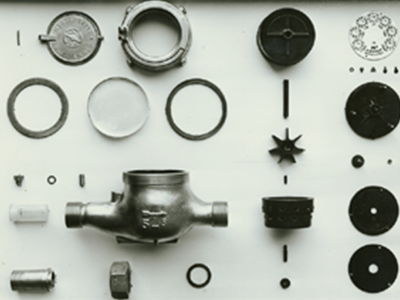
What are positive displacement meters?
In contrast to water meters with an impeller, here a ring piston is driven by a pressure differential – i.e. water flows through the measuring chamber and thus moves the measuring shaft, which in turn drives the register by means of a magnetic coupling. The advantage: positive displacement meters stand out for their high measuring accuracy – they operate with a low starting flow and therefore detect even the smallest flow rates, such as a dripping tap, a leaking cistern, etc., and have no overrun.
WHAT ARE ULTRASOUND METERS?
Instead of using mechanical parts such as cogs or gear counters, an ultrasonic water meter sends sound waves through the water and then measures the speed at which these waves travel through the water. The water flow can be calculated from these measurements. Ultrasound meters are considered precise and have the advantage of being less susceptible to wear or clogging compared to mechanical meters. They are frequently used in industry and the private sector to record water consumption.
WHAT IS THE DIFFERENCE BETWEEN A MULTI-JET AND A SINGLE-JET WATER METER?
A multi-jet water meter uses several narrow jets to measure the flow volume. These jets hit a rotating wheel or turbine, the speed of which depends on the flow volume. This results in a more precise measurement, which is a particular advantage for larger volumes of water. This type of water meter is therefore often used in situations where an accurate and reliable recording of water consumption is crucial.
In contrast to a multi-jet water meter, a single-jet water meter only uses a single water jet. In a single-jet water meter, the water flows through a single opening and the flow volume is measured by the movement of a register or a pulser. Single-jet water meters are used in a variety of applications, including residential homes, office buildings and smaller commercial facilities. Although they do not offer the same accuracy and reliability as multi-jet water meters, they can be sufficient for many applications.
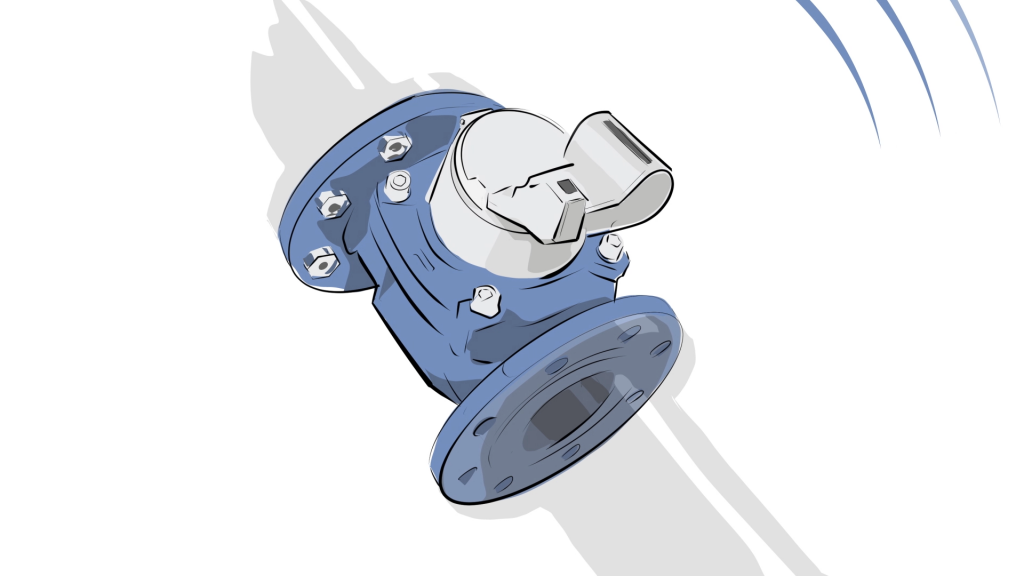
Exkurs: The first ZENNER News
Many people now know our ZENNER News as a video format. We regularly present our new products, solutions and example applications around LoRaWAN® and the Internet of Things, as well as reports from our customers.
However, ZENNER News actually started out in printed form some while ago. Customers and employees were able to read all the latest news from the company – in up to four languages.
Reports on travel, new products, foreign subsidiaries, company celebrations and visits to trade fairs were collected, edited and published.
Of course, we still have our customer magazine: ‘Smart & Easy’ is published around twice a year, in both printed and digital form. In it, we cover current topics and trends relating to the Internet of Things, presented in editorial articles.
4 FUN FACTS ABOUT WATER METERS
The oldest preserved water meter
A remarkable example of an ancient water meter was discovered in 1989 in Amarna, Egypt. It dates from the time of Pharaoh Akhenaten, who reigned in the 14th century BC. This ancient water meter shows that people have needed ways to control and monitor water use since ancient times.
Water meters as art
In some cities, old or decommissioned water meters have been converted into works of art. Creative artists often transform these objects into sculptures or other decorative elements for public spaces.
Water meters in space
Water meters are not only in use on Earth. They are also used on board spacecraft and space stations to monitor water consumption and ensure that the crew has enough drinking water available.
Rulli Protetti
‘Rulli protetti’ is an Italian phrase that literally means ‘protected rollers’. In the context of water meters, ‘rulli protetti’ refers to protected rollers or counting wheels. Water meters often contain rotating counting wheels that turn when water flows through the meter. These counting wheels must be accurate and protected to ensure correct measurements and prevent tampering.



